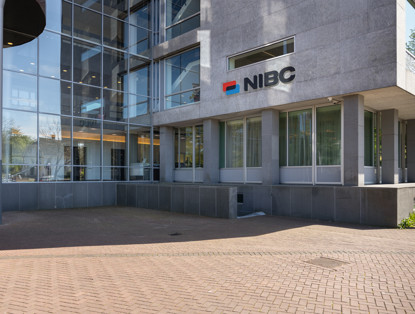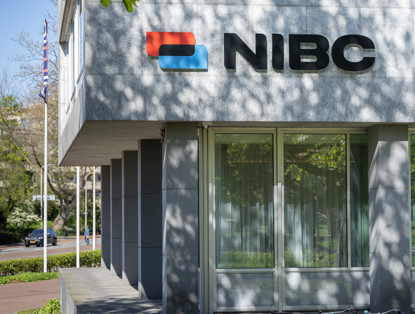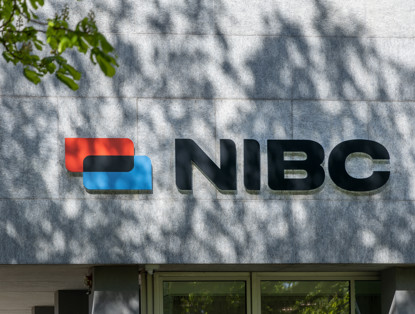
Latest news

News Release
13 Mar 2024 11:00 CEST
NIBC’s Commercial Real Estate business show solid results in dry market
Read more

News Release
13 Mar 2024 11:00 CEST
NIBC’s Infrastructure business delivered strong results
Read more

News Release
13 Mar 2024 11:00 CEST
NIBC’s Shipping business shows robust 2023 performance amid dynamic international economic environment
Read more

News Release
12 Mar 2024 14:30 CEST
Two of our Infrastructure clients, Gridserve and Maincubes, have won the IJGlobal Awards 2023
Read more

Financial Press Release
08 Mar 2024 08:00 CEST
NIBC reports EUR 204 million net profit in 2023, demonstrating strong performance and continued business growth
Read more

Press Release
08 Mar 2024 08:00 CEST
Paulus de Wilt to leave NIBC on 31 December 2024
Read more

News Release
05 Mar 2024 09:15 CEST
NIBC biedt een hypotheek voor helden in de vitale sector
Read more

Press Release
21 Feb 2024 11:30 CEST
NIBC Bank N.V. announces result of adjourned meeting in respect of its outstanding USD 100,000,000 CMS linked perpetual debt securities
Read more

News Release
09 Feb 2024 16:30 CEST
NIBC: Expertise in Shipping, Short Lines, and Genuine Partnership
Read more

News Release
08 Feb 2024 09:30 CEST
Real estate label OIMIO is rebranded to NIBC
Read more

News Release
06 Feb 2024 09:30 CEST
NIBC closed its first Spanish residential real estate financing transaction
Read more

Press Release
05 Feb 2024 13:30 CEST
Notice to the holders of the Issuer's outstanding U.S.$100,000,000 CMS Linked Perpetual Debt Securities (ISIN: XS0215294512) (the "Securities") in respect of the meeting held on 5 February 2024 at the offices of Clifford Chance LLP
Read more

